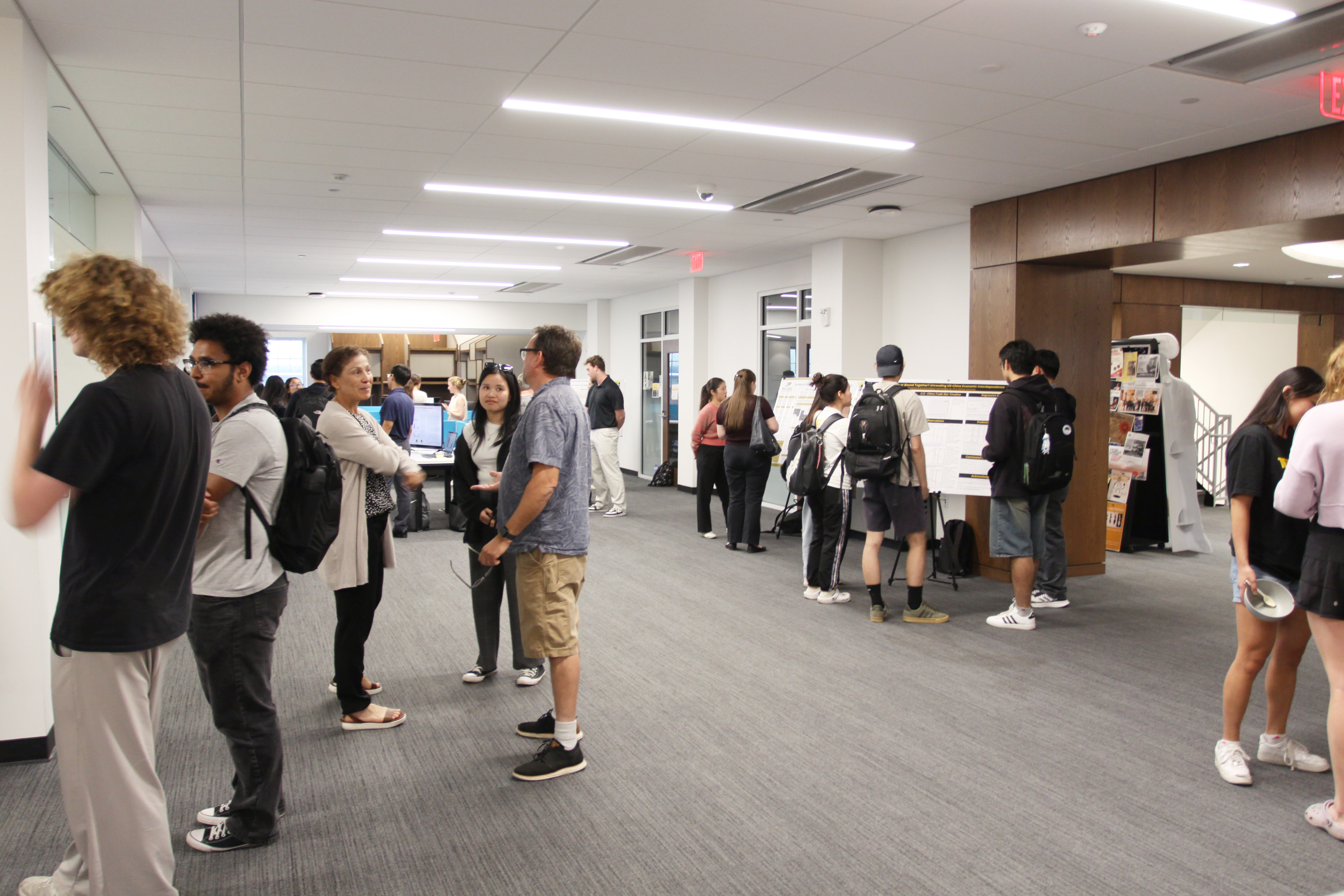Files
Download Full Text (324 KB)
Document Type
Poster
Publication Date
Fall 10-2020
Abstract
Background/Purpose: Cerebral palsy (CP) is a broad diagnostic description of early brain insult causing motor impairment. To help correct gait abnormalities, many children with CP undergo an orthopedic single event multi-level surgery (SEMLS). After surgery and most importantly SEMLS, rehabilitation is important to recovery. The purpose of this study was to examine the effects of post-op therapy setting and dose on functional mobility outcomes for youth with CP.
Methods: Outcome measures included gait deviation index (GDI), walking speed, Pediatrics Outcomes Data Collection Instrument (PODCI), Gross Motor Function Mobility-D (GMFM-D). Data on post-op rehab therapy were retrieved from electronic medical records. Multiple Regression, Two-Way ANOVA, and Welch’s t-tests were used.
Patient Sample: 74 cases were eligible. Average age at baseline gait analysis was 11.5, at surgery was 12, and at post-op gait analysis was 13.3 years old, with Gross Motor Function Classification System (GMFCS) levels I (9%), II (53%), III (34%), and IV (4%).
Results: There was variability in therapy setting, with 33 different therapy centers. Higher burden of surgery was associated with more therapy sessions. Patients with low burden surgeries tended to improve in PODCI scores, but patients with high burden surgeries did not. These trends were not related to therapy dose, however, patients receiving Nemours Outpatient therapy had a positive association with PODCI gains. Similarly, patients who had low burden surgery improved GMFM-D and those with high burden did not. A minimal threshold of therapy dose was identified for cases with low burden surgery. Patients who attended 46 sessions or more saw GMFM-D improvements and patients who attended 25 sessions or fewer did not improve.
Conclusion: Clinical practice recommends rehab therapy after SEMLS, but implementation is inconsistent. Post-op therapy varied widely by setting and number of sessions. As expected, youth who had low-burden surgery had less post-op therapy. Those above a minimum threshold and those at Nemours settings tended to show improvement at one-year post-op. At one year post-op, youth with high burden surgery demonstrated less gains, which is likely related to ongoing recovery in year two.
Recommended Citation
Bourantas, Christina; Lennon, Nancy; Niller, Tim; Beaman, Jason; and Shrader, M Wade, "Long Term Gait, Mobility, and Daily Living Outcomes after Orthopedic Surgery for Youth with Cerebral Palsy: Influence of Rehabilitation Dose and Setting" (2020). Annual Student Research Poster Session. 51.
https://scholarship.depauw.edu/srfposters/51




Funding and Acknowledgements
Christina Bourantas; Nancy Lennon, MS, PT; Tim Niiler, PhD; Jason Beaman, MPT; M Wade Shrader, MD
Departments of Biomedical Research, Orthopedics, and Rehabilitation, Nemours/A.I. duPont Hospital for Children, Wilmington, DE
Supported by: Delaware INBRE program with a grant from the National Institute of General Medical Sciences (NIGMS (P20 GM103446) from the National Institutes of Health.